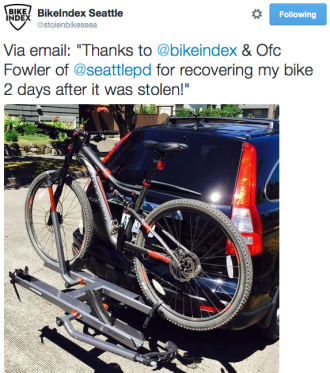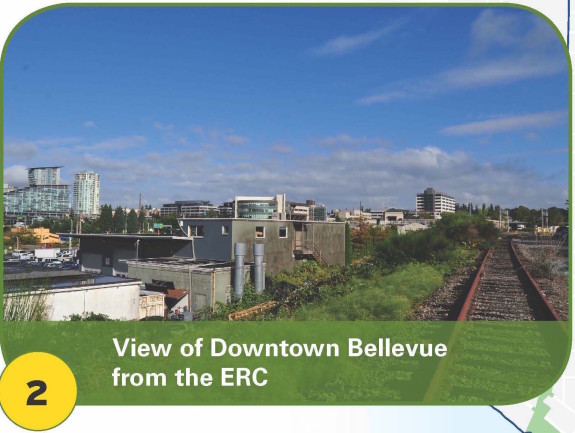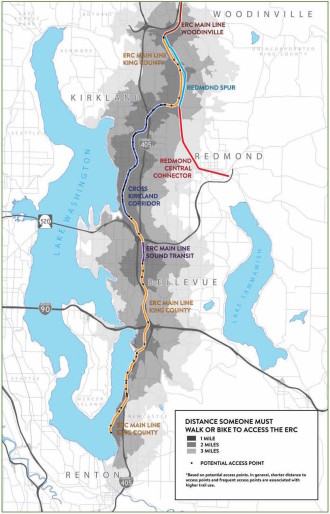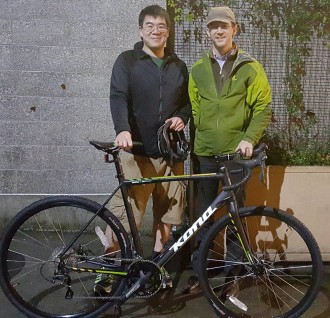 Seattle Police Officer Drew Fowler was on bike patrol in Cal Anderson Park Saturday when he spotted a high-end mountain bike in the hands of a suspected thief.
Seattle Police Officer Drew Fowler was on bike patrol in Cal Anderson Park Saturday when he spotted a high-end mountain bike in the hands of a suspected thief.
Officer Fowler stopped the man and asked if he could have a look at the bike’s serial number. The man let him, according to Seattle Police, and the officer found it listed as stolen on Bike Index.
The officer confiscated the bike and the suspect was arrested for possession of stolen property. The bike was reunited with its owner thanks again to Bike Index.
There are several lessons in this example of bike theft enforcement. First, it is very hard to get someone on bike theft, but much easier to get someone on the lesser crime of possession of stolen property. Even when someone has a stolen bike and a set of bolt cutters in his backpack (as with this case), it’s still impossible to prove he was the person who stole it without witness or video/photo evidence of the theft itself. (more…)












